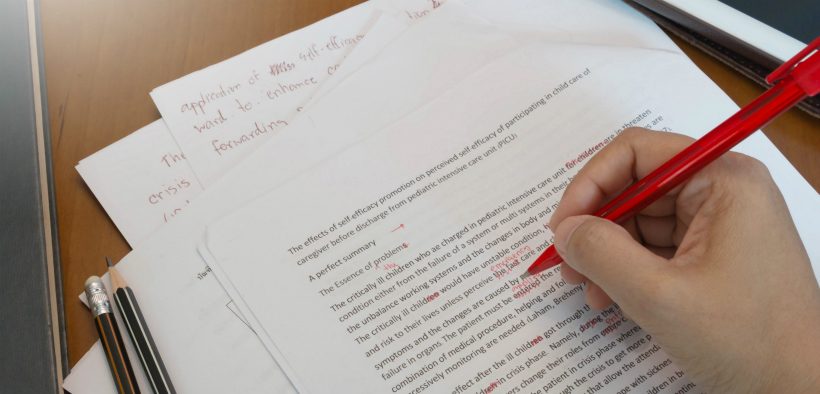Students need feedback that helps them improve, and that includes identifying their errors. Without corrective feedback, efforts to improve limp along. But do students need what we typically dish out? I was a bit disconcerted by findings in a recent cross-disciplinary survey. The researchers (Knight et al., 2021) asked faculty to identify the purposes and value of the feedback they provided on students’ written work. “Nearly half of the instructors valued the use of written feedback on written assignments as fostering future improvements. However . . . when analyzing responses across disciplines, identifying specific errors seemed to be more important than making comments in the margins” (p. 121).
Finding and Fixing Student Mistakes

Related Articles
I have two loves: teaching and learning. Although I love them for different reasons, I’ve been passionate about...
Active learning is a mostly meaningless educational buzzword. It’s a feel-good, intuitively popular term that indicates concern for...
Perhaps the earliest introduction a student has with a course is the syllabus as it’s generally the first...
Generative AI allows instructors to create interactive, self-directed review activities for their courses. The beauty of these activities...
I’ve often felt that a teacher’s life is suspended, Janus-like, between past experiences and future hopes; it’s only...
I teach first-year writing at a small liberal arts college, and on the first day of class, I...
Proponents of rubrics champion them as a means of ensuring consistency in grading, not only between students within...







